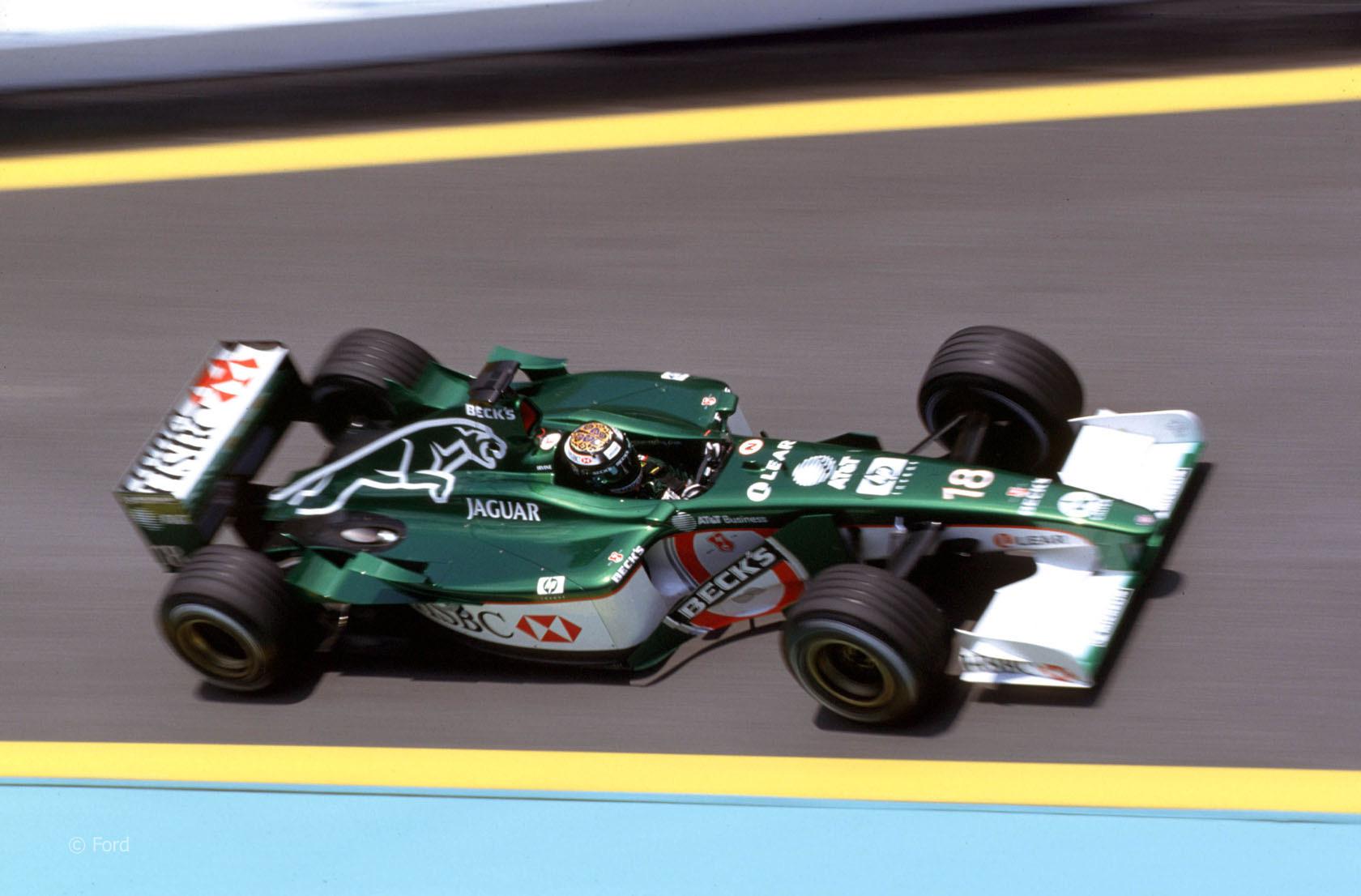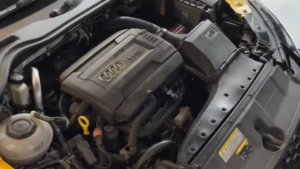
In the world of Formula 1, few stories are as poignant as that of Eddie Irvine’s time with Jaguar Racing. Hailing from Northern Ireland, Irvine had already made a name for himself with Ferrari before he embarked on a new chapter with the British racing team. However, what was anticipated to be a promising partnership turned into a tale of struggle, frustration, and unfulfilled potential.

Eddie Irvine, known for his charismatic personality and competitive spirit, had enjoyed a successful stint with Ferrari, racing alongside the legendary Michael Schumacher. As the 1999 Formula 1 season came to a close, Irvine faced a career-changing decision. With Schumacher’s return to Ferrari confirmed Irvine found himself without a seat at the Scuderia.

In 2000, Irvine leapt Jaguar Racing, the racing arm of the prestigious Jaguar car manufacturer. This move was expected to revitalize both Irvine’s career and Jaguar’s presence in Formula 1. As a team backed by the resources of a major automotive brand, hopes were high for Irvine to achieve podiums and perhaps even challenge for victories.
Despite the optimism surrounding the partnership, Eddie Irvine’s tenure with Jaguar Racing quickly turned tumultuous. The team struggled to find its footing in the fiercely competitive Formula 1 landscape. From the outset, the car’s performance was lacklustre, plagued by reliability issues and a general lack of pace. Irvine’s experience and skill were often thwarted by mechanical failures and grid positions far from the front.

The 2000 and 2001 seasons were marked by sporadic glimpses of potential, but consistent success remained elusive. The challenges extended beyond the track as well, with internal management changes and technical upheavals hindering the team’s progress. The Jaguar Racing project was a classic example of how the transition from a well-established team to a competitive entity required more than just a recognizable name.

As the 2002 season drew to a close, Eddie Irvine’s frustration with Jaguar Racing had reached a breaking point. The team’s inability to provide him with a competitive car led him to make the difficult decision to retire from Formula 1. This marked the end of a storied career that had once promised great things but ultimately encountered insurmountable hurdles.

The legacy of Irvine’s time with Jaguar Racing serves as a cautionary tale in Formula 1 history. It highlights the importance of synergy between a driver’s talent, team infrastructure, and technical prowess. Even the most seasoned and accomplished drivers can find themselves struggling if the overall package is not up to par. Red Bull Racing, the team that emerged from Jaguar Racing’s ashes, eventually showcased the potential of a well-structured team with strong technical foundations. But for Eddie Irvine, the chapter with Jaguar Racing remained a bittersweet one, tarnishing an otherwise impressive career and reminding us of the unforgiving nature of Formula 1.

Eddie Irvine’s stint with Jaguar Racing encapsulates the highs and lows of a career in Formula 1. The partnership that held such promise ultimately failed to deliver the desired results, leaving both Irvine and the team with unfulfilled ambitions. As a cautionary tale, it serves as a reminder that success in Formula 1 demands more than just a talented driver; it requires a harmonious blend of engineering excellence, strategic prowess, and a relentless pursuit of perfection.








